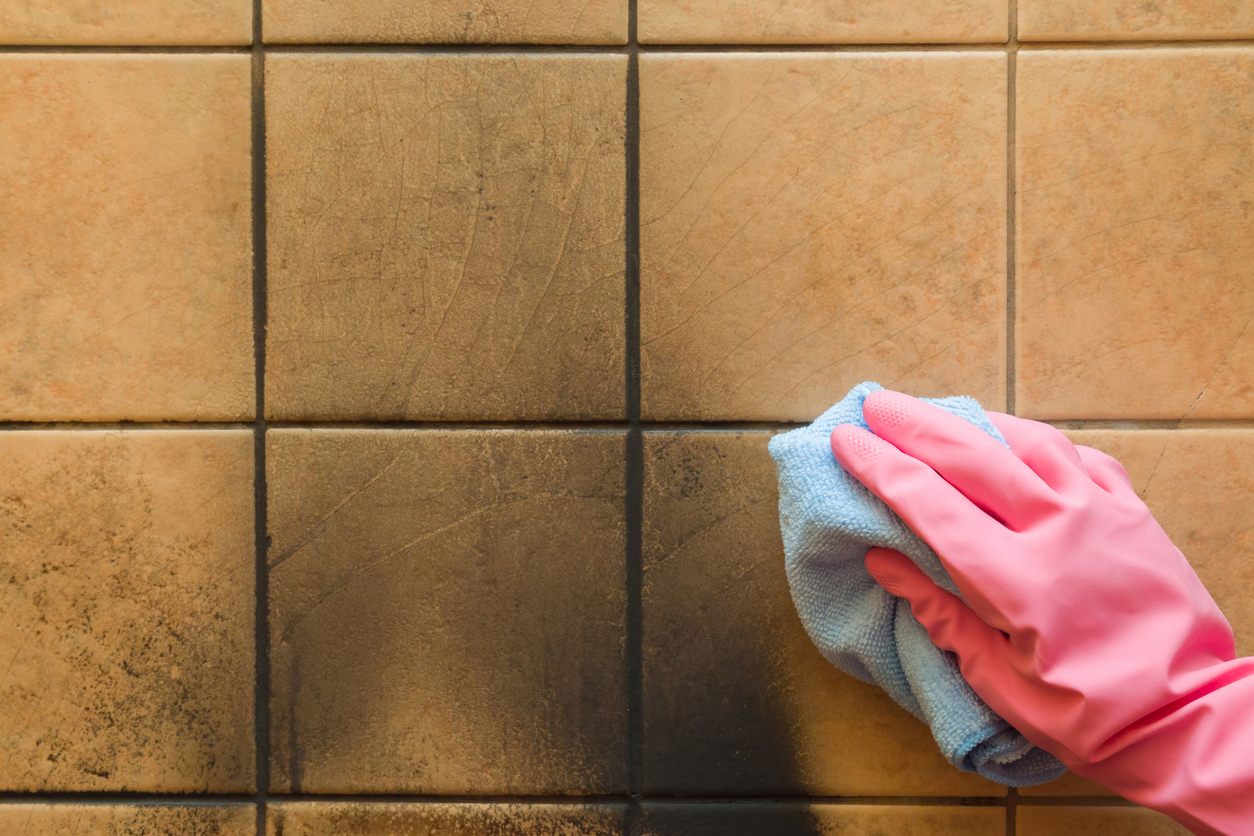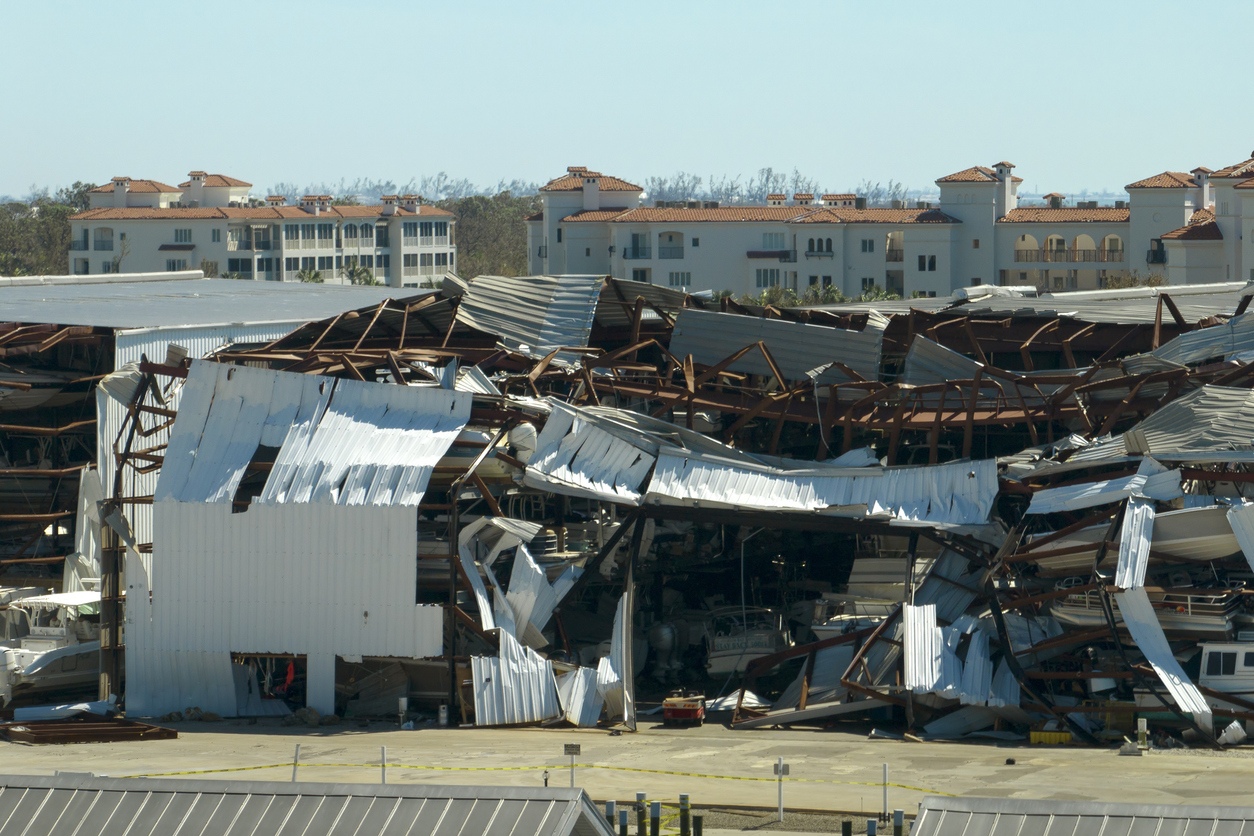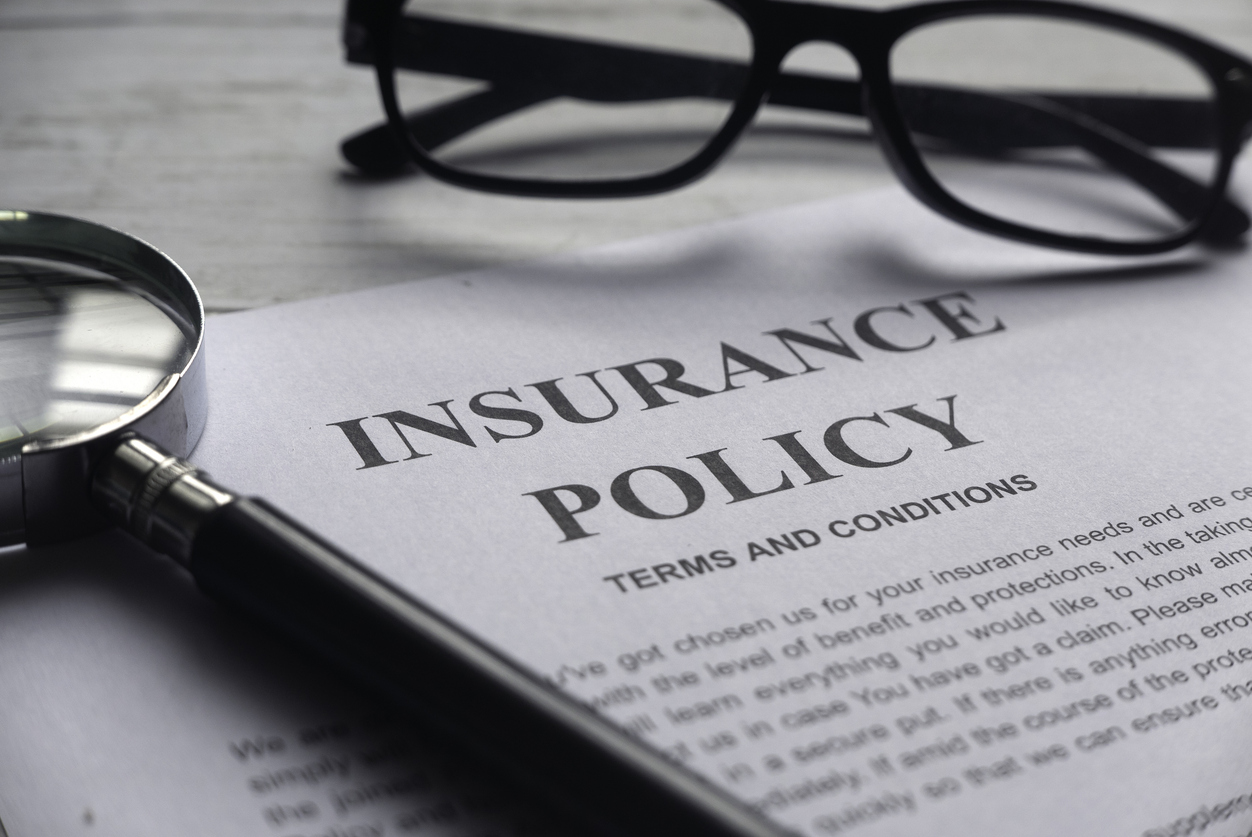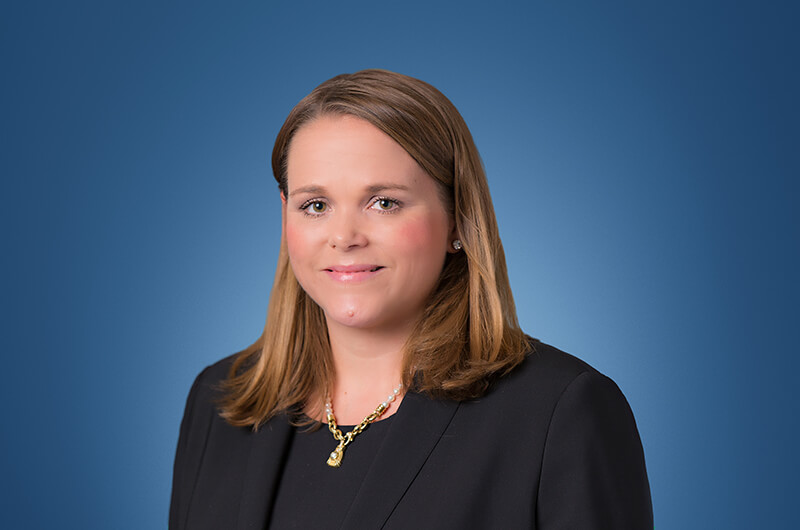Judges writing about what insurance contracts mean should read what the insurance industry teaches its adjusters and claims managers what insurance contracts mean. For example, a judge would not learn how a doctor is supposed to practice medicine by reading medical malpractice cases. For the same reason, judges and insurance law practitioners should spend time reading insurance industry authoritative materials to learn what insurance contracts are meant to insure.
I was thinking about this concept following yesterday’s blog, Wisconsin Supreme Court Rules Covid Does Not Cause Physical Loss or Damage. The case cites judge-made law about what a cause of loss is without once mentioning an insurance industry publication that teaches adjusters what a cause of loss is.
Property and Liability Insurance Principles 4th edition, is a standard reference book used by thousands of insurance claims adjusters and insurance industry managers, leading to an Associate in Claims Designation (AIC) and the Chartered Property Casualty Underwriter Designation (CPCU). In Chapter 8.6 of that basic book, it states:
Causes of Loss to Property
A cause of loss (or peril) is the actual means by which property is damaged or destroyed and includes fire, lighting windstorm, hail and theft. Most causes of loss aversely affect the property and leave it in an altered state. A fire can change a building to a heap of rubble. A collision can change a car to twisted scrap. Some causes of loss do not alter the property itself, but they do affect a person’s ability to possess or use the property. For example, property lost or stolen can still be usable, but not by its rightful owner.
Insurance industry defense attorneys never cite these books because what they taught their clients was a covered loss before Covid 19 struck would not help their case. This book teaches that “some,” not “all,” causes of loss alter property. This is what is taught to property insurance adjusters. The example of a policyholder’s forgetfulness of losing property is a classic example. Loss does not require alteration when property adjusters are taught what “physical loss” means. Judges are being misled by insurance defense counsel about what a cause of loss means and simply repeat wrong case law, which is now substituting what the basic insurance industry text teaches.
Harvey Goodman is a third-generation property insurance adjuster. After reading the blog, he wrote to me asking when “cleaning” somehow was not an indication of property damage. He cited the common cause of loss of smoke which the insurance industry pays only cleaning expenses to literally wipe away the residue. Yet, if the insurance industry cleans the residue of Covid 19, it is not covered?
This makes no sense to those of us who have done this for a living. Smoke separate from fire is a recognized cause of loss. In many cases, the only thing that is done is to wipe off the smoke from a building. I am currently in an arbitration where the insurance company has paid over $1.5 million to clean the smoke from a building. The method and cost of wiping down and removing the smoke from this huge warehouse is what is in dispute. Insurance companies will pay for “smoke,” which can simply be wiped off the surface of the building. Simple cleaning is covered if the deductible is met. Why is it different for Covid 19?
While many property insurance policies exclude volcanic activity, many also cover volcanic ash. Often, especially in cases of light volcanic ash, the only thing that is paid for is the sweeping up of the ash and its removal from the property. Depending on the nature of the property and the extent of the ash, this “clean and removal” process can be quite expensive to almost negligible. Yet, insurance company underwriters think about this peril and its cost all the time. The ash may never alter the property except to cover it. Once it is swept up, you would never know it was there. Yet, insurance companies regularly pay for this uncommon occurrence.
One study about volcanic ash noted:
A 10 mm fall of volcanic ash will likely cause little damage to well-constructed buildings, but the ash needs to be removed from building roofs and gutters, prevented from damaging sensitive equipment including most electronics, the electrical generation and distribution network, communication networks, airport runways, and roads (where a few mm obscures road markings and makes the surface slippery). The cleanup process may need to be repeated several times to remove most of the ash, or because ash continues to fall.
For our scenario city of 200,000 people the 10 mm ash fall has a volume of about 1 million cubic meters (say 10,000 truckloads); it is not simply a matter of trucking the ash to another location where it can continue to blow around. The clean-up will require planning. Suitable dump sites might be 20 km outside the city. Dump sites require maintenance so that ash doesn’t continue to blow around.
Cleanup can be expensive. A repeat of the 1707 eruption of Fuji in Japan, for example, would spread ash across the Tokyo and Yokohama urban areas (and elsewhere). The cost of cleanup and removal of ash from the urban areas has been estimated to cost more than USD10 billion (Christina Magill, Risk Frontiers, pers. comm., September 2015). The damage bill could be quite limited but the cleanup costs will be substantial.
Not all of this cost would fall to insurers but have re/insurers considered the potential costs? Would policies cover the cost of debris removal and cleanup when there is no or little material damage? After the 1980 Mount St. Helens (USA) eruption, around 90% of insurers in eastern Washington paid policyholders an hourly rate to remove ash from roofs and building surrounds. Would this practice continue?1
Volcanic ash is different from everyday dust in all buildings and homes. Common dust is a maintenance issue and not a fortuitous loss. Common dust happens and is expected to happen.
Nobody expected Covid 19 to be in the air of their businesses and on the surfaces of their businesses three years ago. I can tell you from personal experience and invoices, it was not cheap to pay for professionals to clean my offices after a person with Covid 19 was found to be in one of my law offices. Why that cleaning is not subject to an insurance claim versus a plume of smoke from a fire miles away that comes into a building and is paid for as an insurable expense is beyond me. I am certain an insurance defense attorney trying to help a client not Pay Up!, will come up with some clever explanation.
Thought For The Day
Don’t let the perfect be the enemy of the good. Lower the bar. Actually spending ten minutes clearing off one shelf is better than fantasizing about spending a weekend cleaning out the basement.
—Gretchen Rubin
______________________________________
1 Blong, R., Tillyard, C., Attard, G. (2017). Insurance and a Volcanic Crisis—A Tale of One (Big) Eruption, Two Insurers, and Innumerable Insureds. In: Fearnley, C.J., Bird, D.K., Haynes, K., McGuire, W.J., Jolly, G. (eds) Observing the Volcano World. Advances in Volcanology. Springer, Cham.




